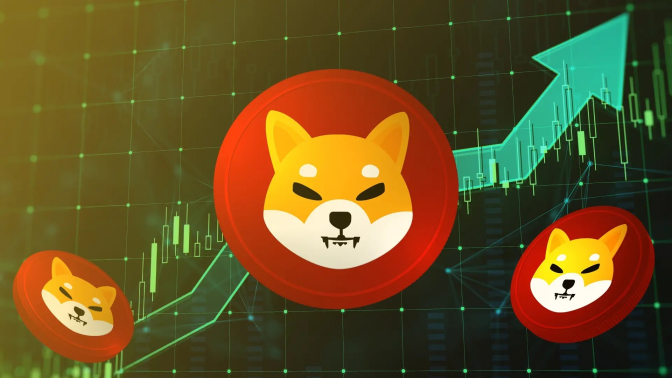 In the world of cryptocurrency, gas fees are a crucial concept, especially in blockchain networks like Ethereum. This article will delve into the fundamentals of gas fees, why they exist, and what the SHIB token means in this context.
In the world of cryptocurrency, gas fees are a crucial concept, especially in blockchain networks like Ethereum. This article will delve into the fundamentals of gas fees, why they exist, and what the SHIB token means in this context.
Basic concepts of gas bills
Gas fees are used to pay for transactions on the blockchain. Whenever a user sends a transaction to the blockchain, they must pay the corresponding gas fee. The existence of this mechanism stems from the concept of Turing Completeness, which means that the results of a computer program cannot be predicted before it is actually executed, which may lead to infinite loops.
The Ethereum Virtual Machine (EVM) is a network of computers called nodes. Since the EVM is considered Turing complete, all software running on this system could theoretically run indefinitely, which would harm the normal operation of the system. For example, a malicious individual may deploy smart contracts that run indefinitely, which could pose a threat to the integrity of the network.
Solutions to Denial of Service Attacks
To address the risk of this Denial of Service (DoS) attack, Ethereum introduced gas fees as a metering mechanism for resource constraints. Every application deployed on the EVM must pay gas fees, which are calculated based on the number and type of instructions involved in the program.
Transactions sent by users will trigger smart contracts, and these contracts will contain upper limits on gas that can be consumed during execution. Users need to purchase gas with Ether and include an acceptable gas price in the transaction. If this upper limit is exceeded during execution, Ethereum will immediately stop the execution of the program.
Introduction of dynamic gas charges
With the implementation of Ethereum Improvement Proposal (EIP) 1559, the concept of dynamic gas fees was introduced, an update also known as the "London Hardfork". This improvement changes the calculation mechanism of transaction fees, introducing a base fee that is dynamically adjusted according to network demand, and users can also choose to pay additional priority fees to speed up transactions.
After the London hard fork, each block has a base fee, which is the minimum gas fee a user must pay in order for a transaction to be included in the block. This base fee is burned and automatically adjusted based on the needs of the network. If the network is busy, the base charge will go up; if the network is idle, the base charge will go down.
Other important features
EIP-1559 also introduces some other features to further improve the user experience:
Tipping mechanism: Users can choose to pay tips to incentivize miners to prioritize their transactions. This tip is given directly to the miners as a reward.
Adjustments to block gas limits: Block gas limits can be expanded or contracted during times of high demand, allowing more transactions to be accommodated during times of high demand, making fees more stable and predictable.
With the implementation of EIP-1559, gas bills have become more predictable. Dynamic adjustments to the base fee help make transaction costs more predictable, reducing the need for users to overbid to ensure transactions are included in blocks.
Impact of SHIB Token
SHIB token is an ERC-20 token based on Ethereum, and as its popularity rises, changes in gas fees have had a direct impact on its transaction costs and user experience. Due to the huge trading volume of SHIB tokens, especially during periods of severe market volatility, changes in gas fees will affect users' trading decisions and overall market dynamics.
For example, during periods of peak demand, SHIB transactions may be affected by high gas charges, making some small transactions no longer cost-effective. Users may choose to wait for network congestion to decrease, thus reducing transaction costs. This makes it particularly important to understand the gas fee mechanism and its dynamic adjustment.
in conclusion
Gas fees play a key role in Ethereum and its ecosystem, especially for tokens like SHIB. With the implementation of EIP-1559, the predictability of gas fees has been greatly improved, which not only improves users’ transaction experience, but also promotes the healthy development of the entire blockchain ecosystem. In the future, with the further upgrade and expansion of Ethereum, the gas fee mechanism may continue to evolve to adapt to changing market needs.